Documentary Filmmaking – 5 Rules for Success!
“Esfuerzo” Teaser from Alana Maiello on Vimeo.
Let’s talk documentaries. They come in all shapes and sizes. You have your True Crime and Expose docs. Then, there are your Biographical and Autobiographical docs. Oh, and don’t forget Satire and Mockumentaries – they’re a staple of filmmaking that has even garnered popularity among news and media outlets in recent years.
Bottom line: with documentaries, you have the freedom to do pretty much whatever you want. It’s just important you identify what that “whatever you want” is early on in your process. Once you figure out what your story is about, buckle up. Because you MUST keep to that “logline” and concept.
Our team recently finished our documentary, Esfuerzo. It was an enlightening experience that challenged everything we thought we knew about immigration and migrant workers. When covering such a polarizing subject matter, it’s important to let the story tell itself. I’m going to share everything we’ve done right (and wrong) throughout our process.
So, let’s talk shop! I’m going to work my way up to the most important rule — Numero Uno! And the Number 1 rule might not be what you think. Let’s get started!
Our process for our documentary started like most…
What is it?
This brings us to our first rule!
DOCUMENTARY RULE 1: MOVING WITH THE TIDE
Esfuerzo is about a Mexican immigrant family who came to America for none other than the American dream. They toiled in the fields, worked hard, saved up, and started to pave their own path in an industry dominated by the upper echelon of society. And, now, the family has opened their own wine label.
It also helps to know, “esfuerzo” means EFFORT in Spanish.
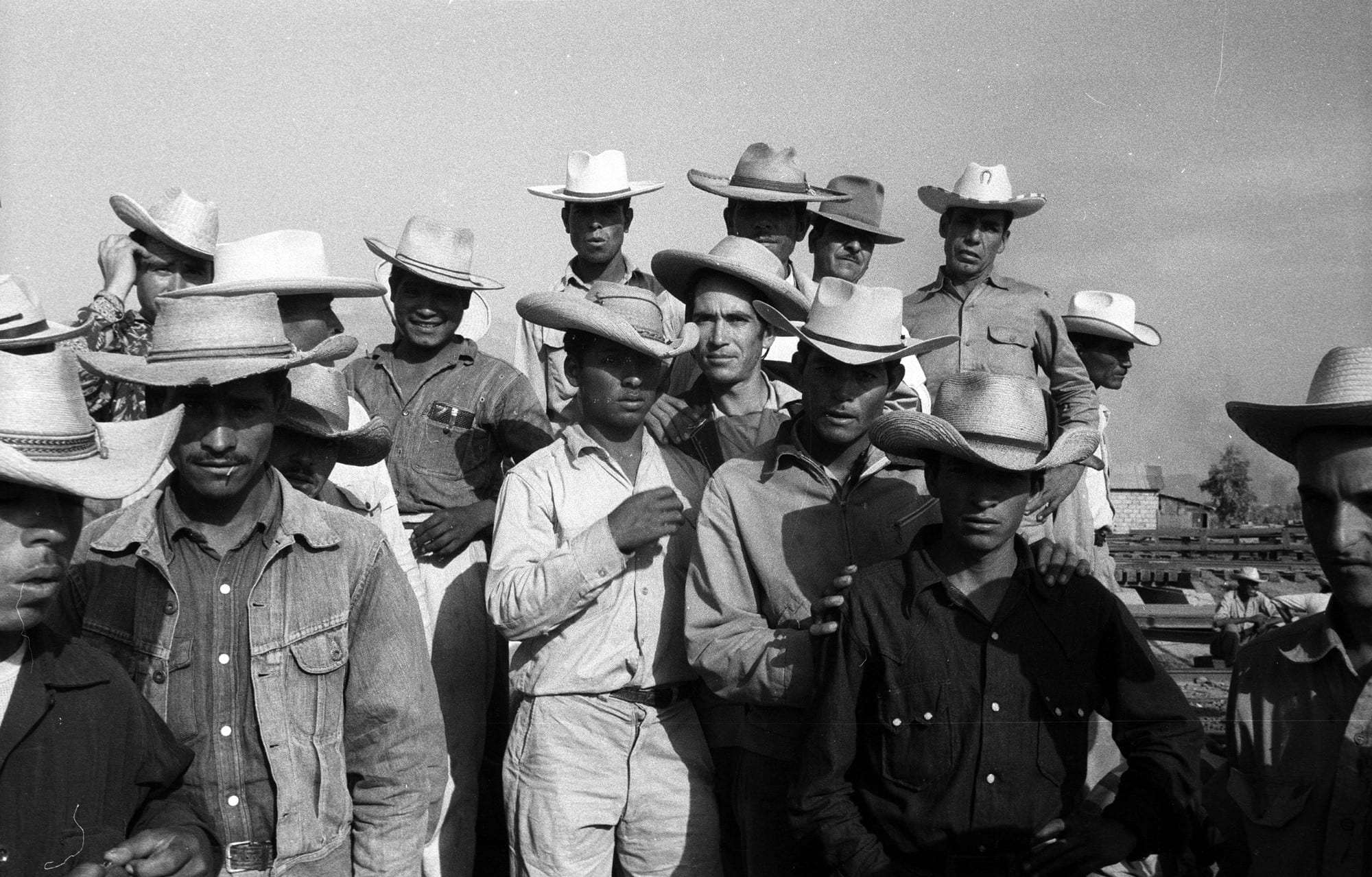
Photo credit courtesy of the Bracero History Museum.
Being that we’ve gone through our whole process, I can tell you now that the logline listed above was not our original intention. You’re probably telling yourself, this conflicts with the advice above: Stick with your logline. But as a documentary filmmaker, you need to be sensitive to the world around you. Look around, listen, observe and shape your project in a way where it can provide a platform for an important issue. That way true discourse can be had.
For our director, Alana Maiello, her goal was to strive for positive change and bring awareness to an important issue. So, with the ensuing debates around immigration and talks of a border wall hanging in the public perception, an opportunity for spreading awareness made itself known.
Here we were, talking to your typical, everyday American family, trying to make ends meet and make their community better, but they were constantly hounded about immigration. This is to the point where their female fieldworkers had to bring a second change of clothes to work, so they could dress up for the drive home. This is because the women were routinely pulled over and questioned by authorities about their citizenship.
Then, came the stories about ICE…

Camera Operator Brendan Riel films Grape Master Armando Zepada.
So, what began as a documentary about wine and the winemaking process evolved into so much more. It was a difficult change that required patience, because we were sharing personal stories, but our team came together and moved as seamlessly as we could with the new direction. Luckily, it was early enough in the process, so as a writer and story producer, I was able to work with Alana to gear our questions and story to fulfill her new vision.
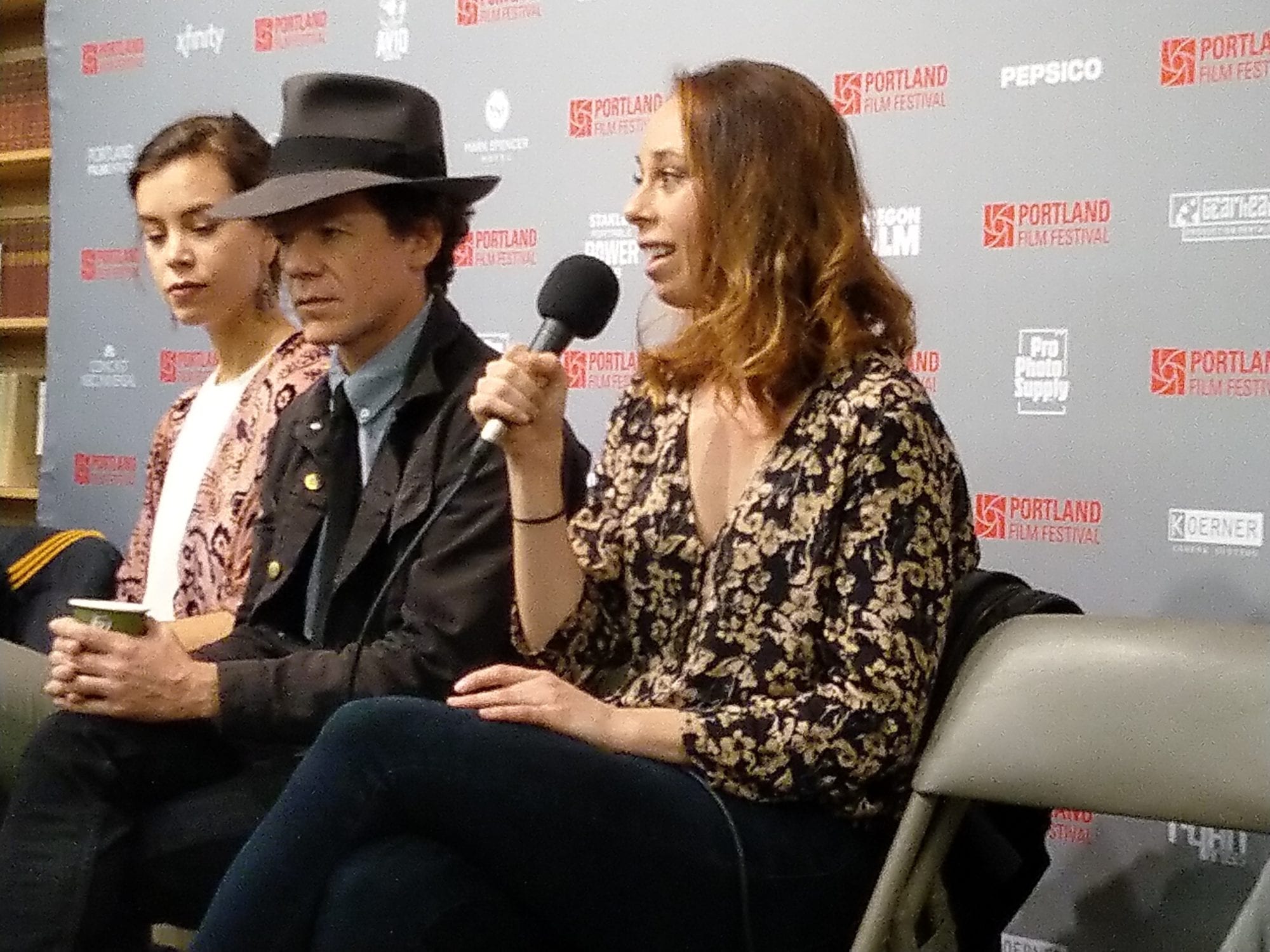
Alana talks about Esfuerzo at the 2018 Portland Film Festival.
Our experience is reminiscent of how the award-winning documentary Icarus began as a film about doping in sports but transformed into something much bigger than it originally sought to do.
So, a piece of advice: Will yourself to change and adapt to your story, and give it a chance to develop within itself. I’m convinced by deciding upon following an honorable approach, we have opened the door to screening at many festivals. We were even nominated in a few, and won an Audience Choice award for Best Picture!

Director Alana Maiello interviewed before screening at the 2018 Oceanside International Film Festival
Of course, none of it would have been possible without our team.
DOCUMENTARY RULE 2: FINDING YOUR TEAM OF SCALLYWAGS
It’s important to note that Esfuerzo is a short film. Our intention was to start small and work our way into a feature. In fact, we have reached our goal on that front – but that’s a story for a whole other article!

After four days of production and passing a few wine bottles around, we were toasted… and a little smelly.
For our documentary, like most, we were comprised of a small team of enthusiastic filmmakers. Now, this film was Alana’s directorial debut. She wanted to keep us small with the ability to move at a moment’s notice. This kind of group required competence and malleability of personalities.
Luckily, much of our team either knew one another or worked together previously. So, in all, our core team was five, in total. All of us wore many hats during the duration of our four-day shoot. Alana served as a director, producer, and interviewer; we had a two-camera setup for interviews, with our DP and a cameraman, who also served as a gaffer and grip; and two-story producers, including yours truly, who also worked in production, camera department, and assisted with grip work.
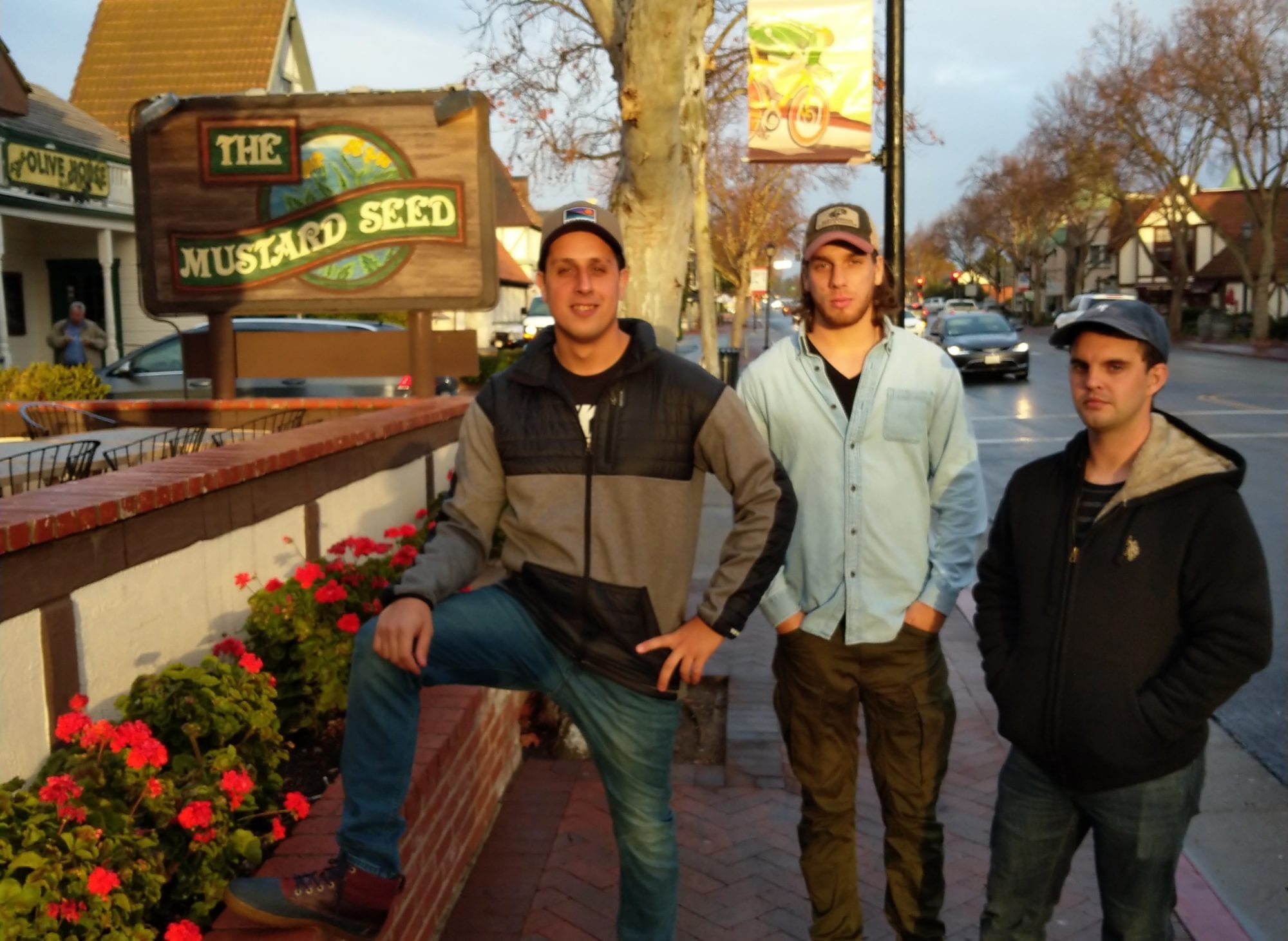
Meet the camera team! Brendan Sweeney, Brendan Riel, and Bob Wenrich venturing into Solvang.
There were two days when we had sound technicians record interviews. For everything else, we recorded our own, attaching shotgun mics to our camera packages. We also had a producer who worked and stayed in communication with the Flores family. And as far as the Flores family themselves, they fed us and even offered to host our team some of the nights. Now, this is not something typically done by subjects, but the Flores family was the most gracious subjects I’ve ever encountered.
DOCUMENTARY RULE 3: WORKING WITH A SMALL BUDGET
Since it was a short film, we relied on many favors. I, like many others on our team, refused payment because we believed in the project itself. Since this was Alana’s directorial debut, this was an investment on her part. So, we made it all possible with roughly $20,000 from Alana. Everything else was donations and discounts.
It’s always important to identify the importance of your project. Then, you can pitch your idea to people and production companies who may want to support your project. Now, it may take quite a few times and pitches before a company gets behind your idea, but it’s worth a shot. Especially if it’s for a good cause.
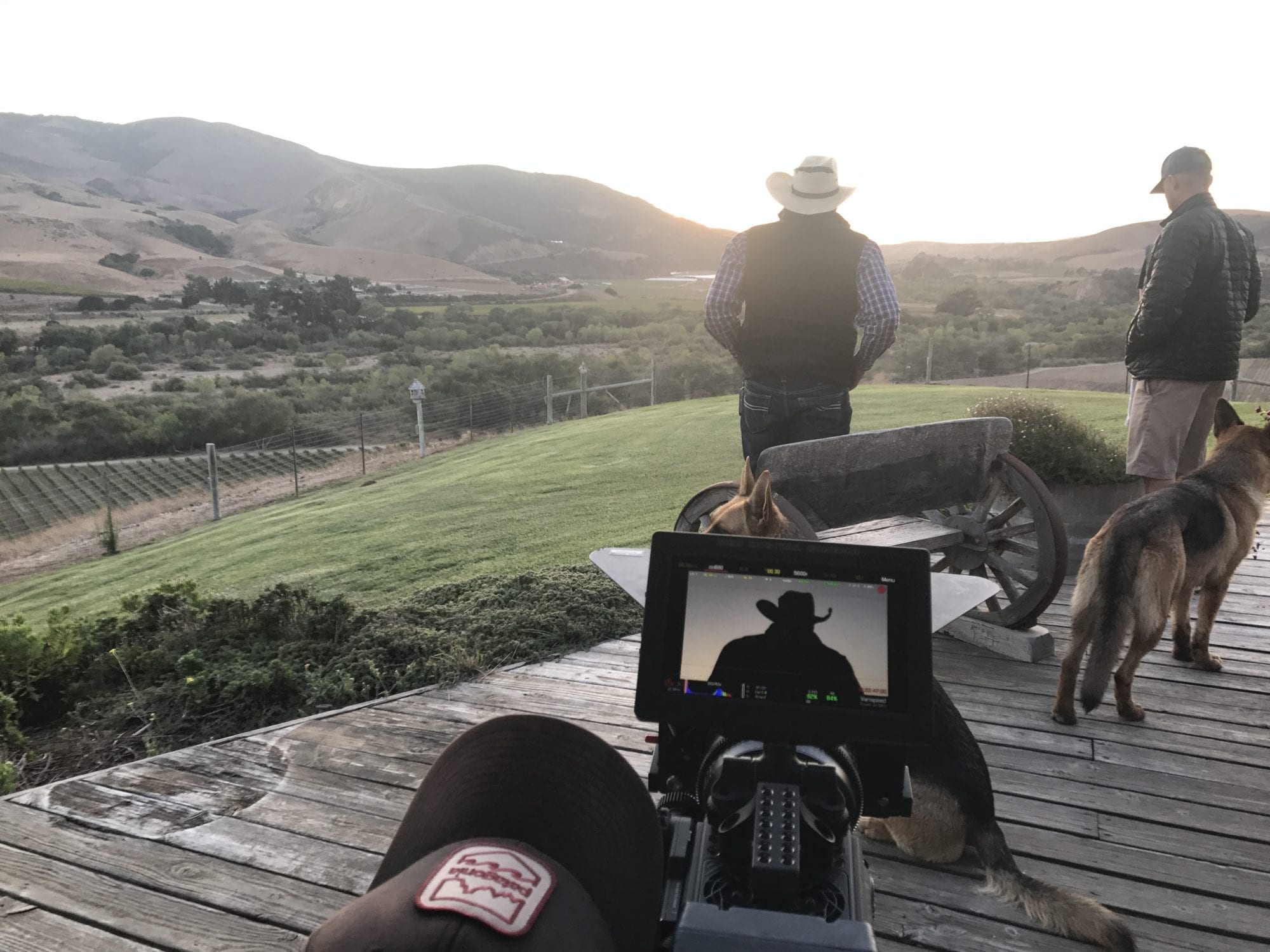
DP Brendan Sweeney frames up winemaker Fidencio Flores.
We were fortunate to find a friend in Hurlbut Visuals. Our DP and cameraman have both done a lot of work for HV in the past, and we decided to pitch the idea to the company’s CEO, Lydia Hurlbut. From the start, both Lydia and Shane were on board with us. They loved how we were bringing awareness to such a prevalent issue; and coupled with the notion of supporting a female filmmaker, it was a match made in heaven.
Hurlbut Visuals donated camera packages as well as grip and electric equipment. Without Lydia, Shane, and the HV team, none of this would have been possible. It’s amazing what some companies are willing to do to make an impact on their communities and the growth of fellow filmmakers. For HV, it’s always seemed like second nature.
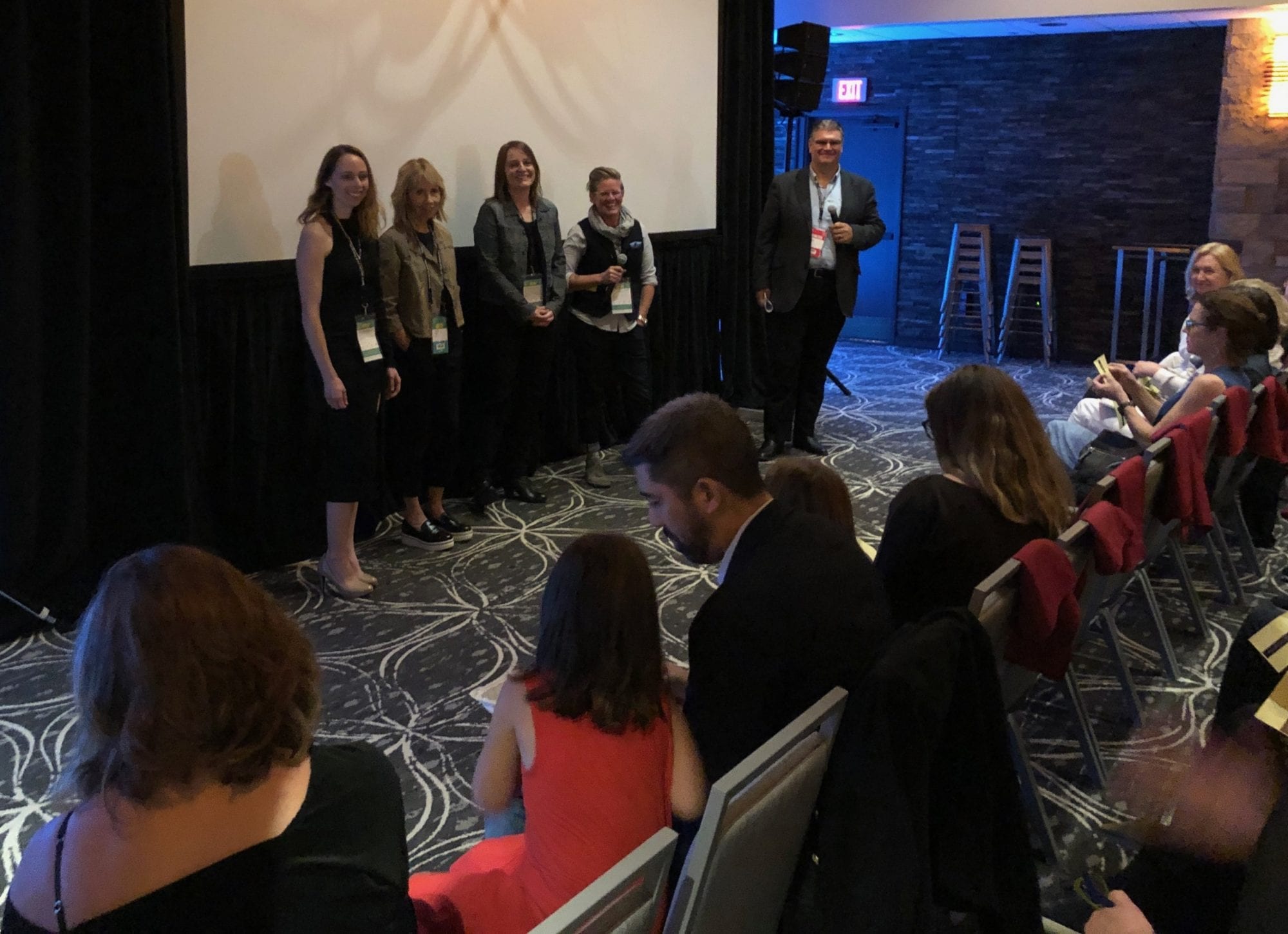
Alana Maiello represents Esfuerzo at the Napa Valley Film Festival.
It’s amazing what good relationships and networking can do for a project. Even in post-production, HV assisted with color correction. So, I would say the biggest takeaway for small-budget productions is to utilize your networks, and team up with larger entities that share a like-minded goal.
DOCUMENTARY RULE 4: NAVIGATING YOUR SUBJECTS
First off, the Flores family was great. They took us into their home, farm, and vineyards; showed us around their property along with their vast vineyards in Buttonwood; and fed our hungry crew for the duration of the production. A huge cost saver on our end. As I mentioned before, this isn’t typical. We were fortunate. But things weren’t all peaches and cream on production.
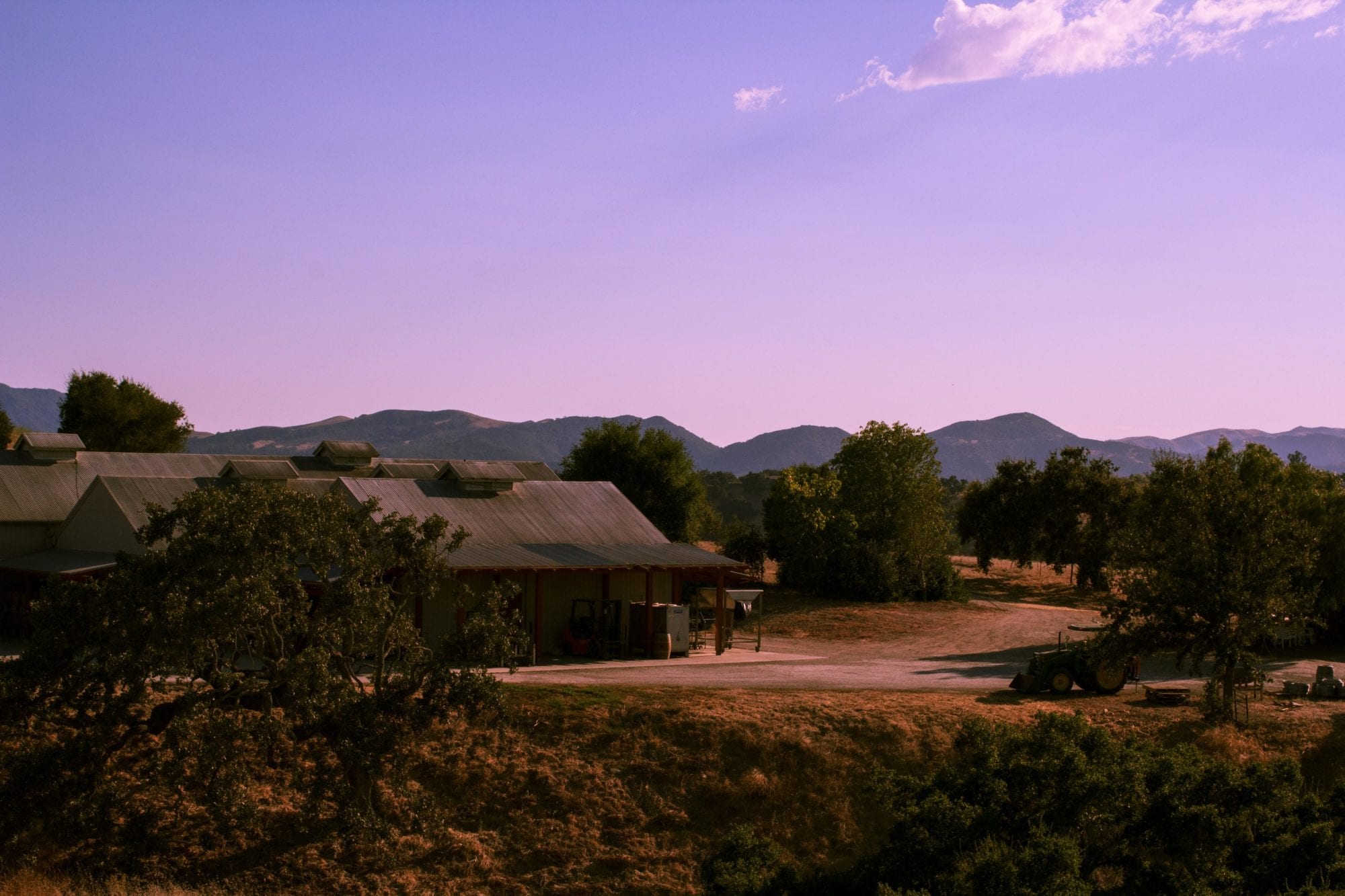
Buttonwood Farm & Winery
On our second day in production, there was an accident and a worker lost his life driving one of the trucks full of grapes. This was deeply unfortunate. The man who died was very close to the Flores family, so the rest of production was in jeopardy of wrapping early. For a low-budget production like ours, this would have been detrimental.
The incident occurred after a pick that took place off-location at another vineyard. We weren’t set to record that pick, so we didn’t find out until later in the morning. We realized something was off when Fidencio missed our rendezvous time. (Phone reception was futile out there.) When news broke, it was assumed production would be staved off until further notice. This was difficult. We had interviews scheduled for later that afternoon, and the only coverage we had at that point was from the evening before – so, basically nothing.
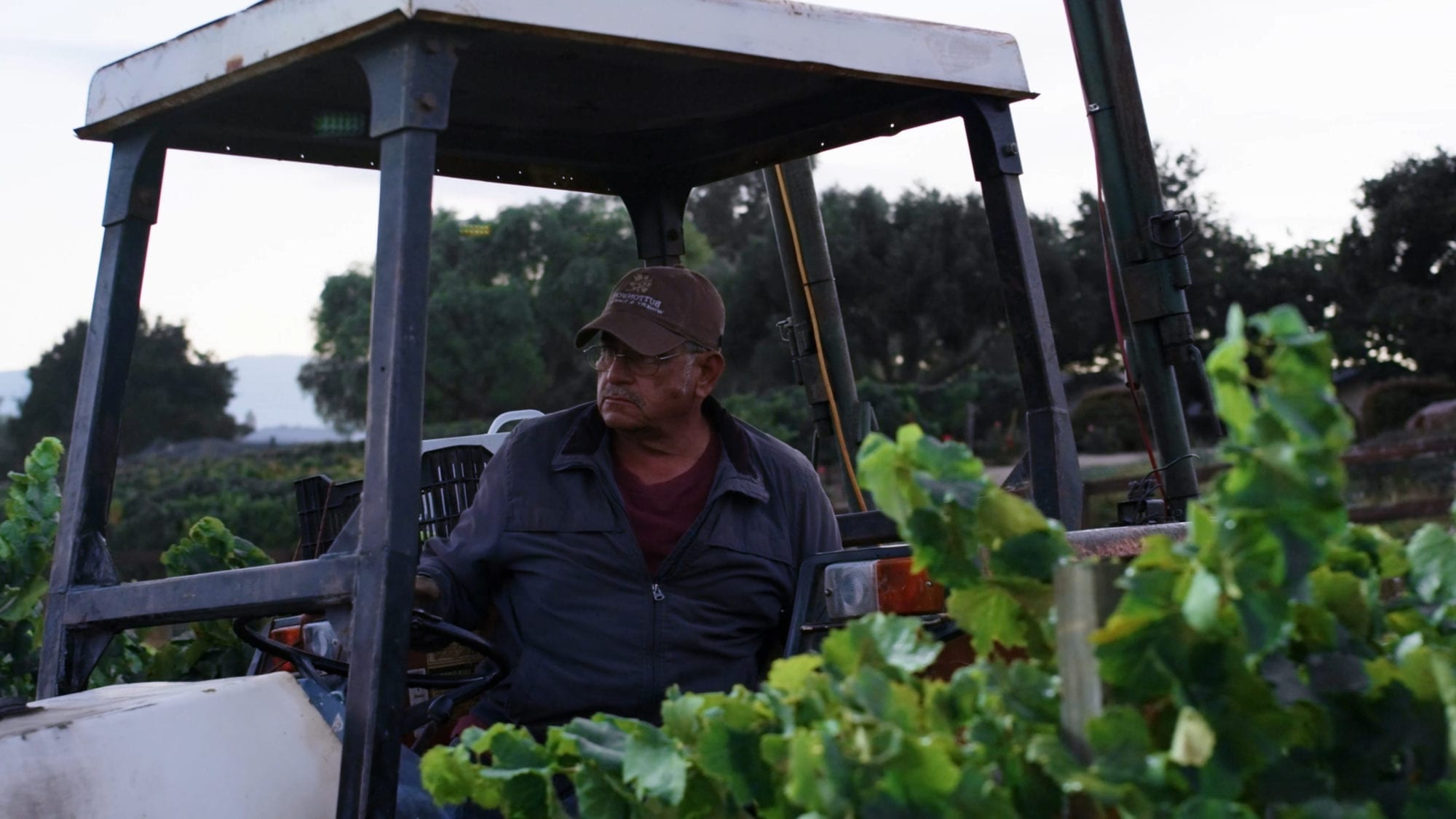
Grape Master Armando Zepeda drives the tractor for the morning pick.
Luckily, the Flores family insisted on pushing through the tragedy. Everyone scheduled for interviews showed up. It was obvious how shocked and heartbroken they were. We even insisted a few times that we could try and reschedule the interviews, but again, they insisted. I cannot stress enough, this is not something typical. Anyone else might push the interview or cancel it altogether. When you’re thrust into a position with an accident and even death, you’re really at the mercy of your subjects.
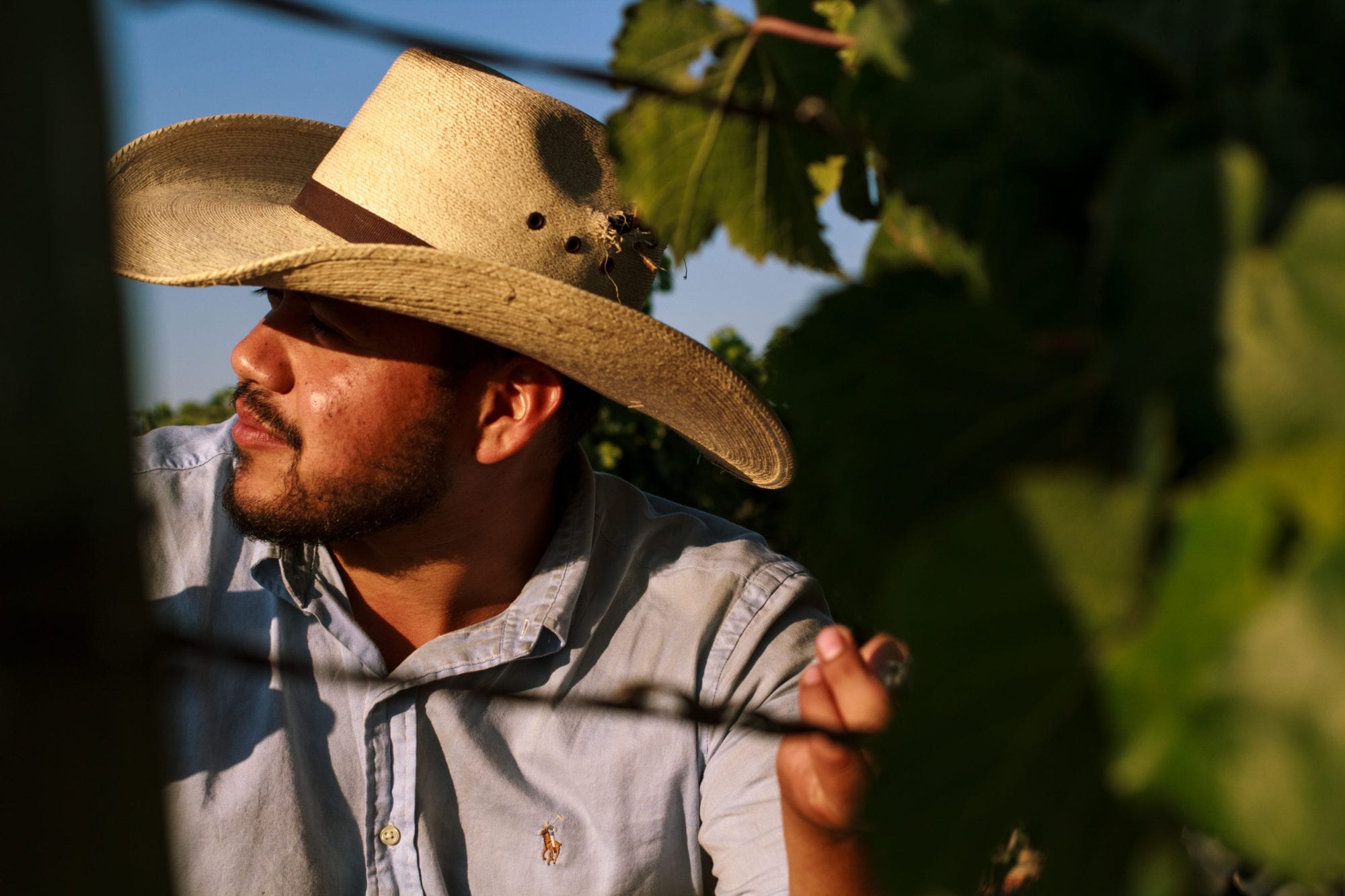
Winemaker Fidencio Flores inspecting his grapes.
For the duration of production, there was a melancholic feeling in the air. I think this strangely permeated into the film itself, which believe me, wasn’t a bad thing. We hadn’t met the man who passed away, but from the effect he had on the family, it was clear that his memory would live on for a long time. This subject opened the doors to further discourse about the dangers of the job. The fieldworkers work with their hands and heavy machinery. In these environments, accidents happen, and tragedy can occur. We found how difficult the work can be and just how dedicated and hardworking these workers truly are.
Our interviewees also included two female field workers. Both lived difficult lives when they left Mexico for a taste of the American dream. It’s not quite as grandiose as you or I might think when considering the American dream. They’re able to live modestly and feed their children, but most of their days consist of long, arduous work. Both women only spoke Spanish, so we scheduled a day when an interpreter would come out and interview them.

Story Producer Bob Wenrich monitors the scene as Fidencio Flores tends to fermenting wine.
Now, we could have saved money and asked one of the members of the Flores family to complete the interview for us, but we felt this would be disingenuous. It was very important for Alana to keep our subjects comfortable. If someone they viewed as an employer interviewed them, it could potentially affect the nature of the interview. With interviews, especially these types, you want your interviewee to feel comfortable; and if possible, fashion the environment to make them feel it’s only them and the interviewer. That’s it.
DOCUMENTARY RULE 5: DISCOVERING YOUR VISION
I can not stress this enough. Research—Research—Research. We didn’t want to wait and go into the interviews trying to string threads together as they happen. Yes, there will be times when a story opens up in front of you, but the last thing we wanted to do was go in and “wing it.”
This is where all those long hours in the library working on research projects pays off. As documentary filmmakers, it’s our job to make sure we know the material. This means watching films similar to our idea – that way, we could learn the Do’s and Don’ts. We visited the library and pulled books related to the subject.
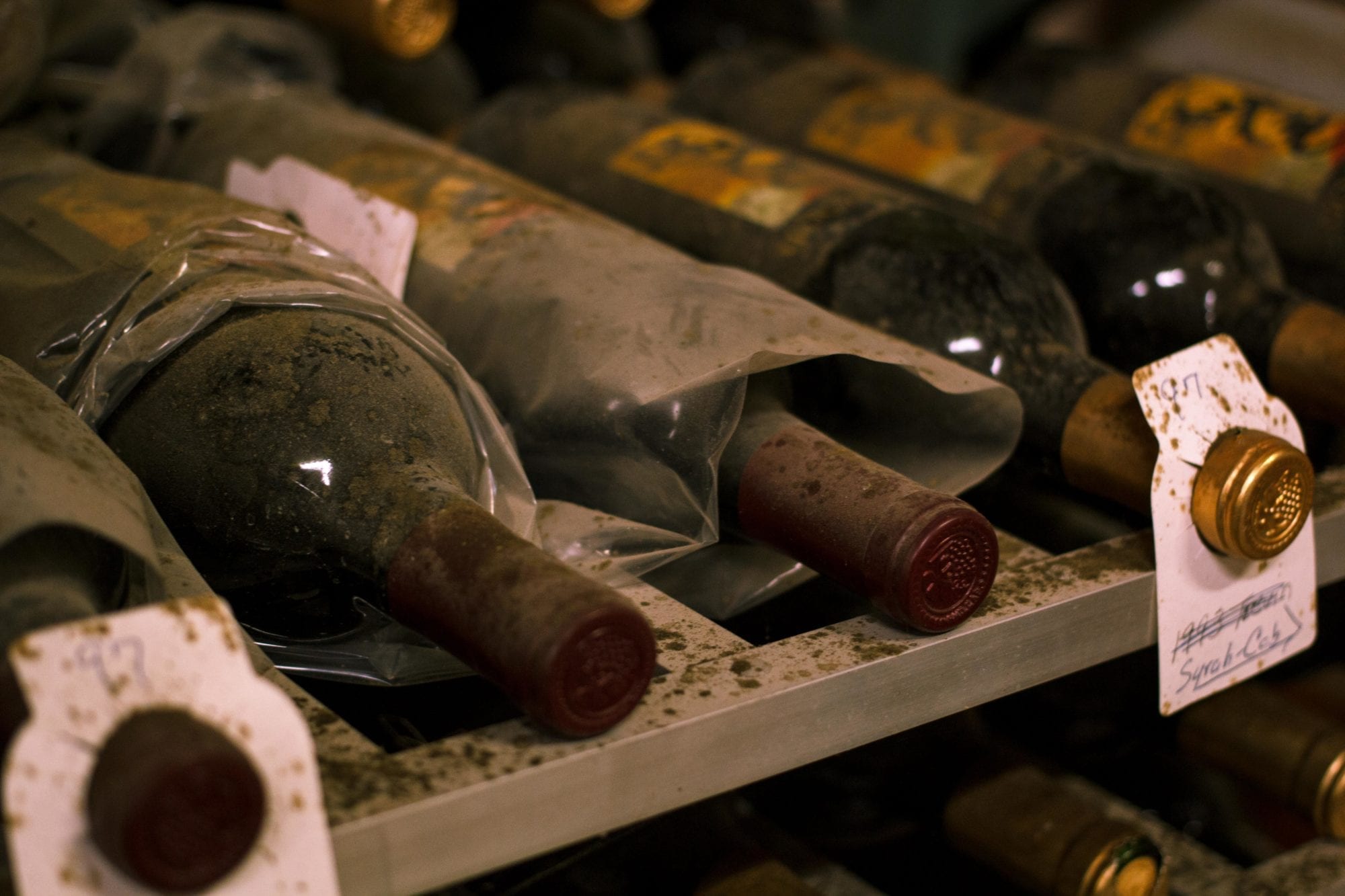
In our case, research included tasting lots of wines!
I couldn’t recommend reading enough. It helps you formulate a vision that is original to you, if that makes sense. Even if you’re not big on reading, look through the Table of Contents and skim through subjects that relate to your own. On another note, if you don’t like to read, then find story producers and writers who do. And if you already have story producers, and they aren’t fans of reading, you might have bigger problems on deck.

Photo Credit courtesy of the Bracero History Museum.
We found many books on the Bracero Program and migrant workers within the United States. We were also inspired by Yeti’s campaign videos which focused more on their subjects than the actual product. The videos are short documentaries that focus on the plight of a central character and their journey rather than just an individual product or goal. We liked this approach because it was very raw and focused on the human condition.
It was important for us to open our minds to other experiences. Good movies, both fiction, and nonfiction, as well as reading a laundry list of books helped in establishing this vision. It was important for us to know how to work with tension and cadence.
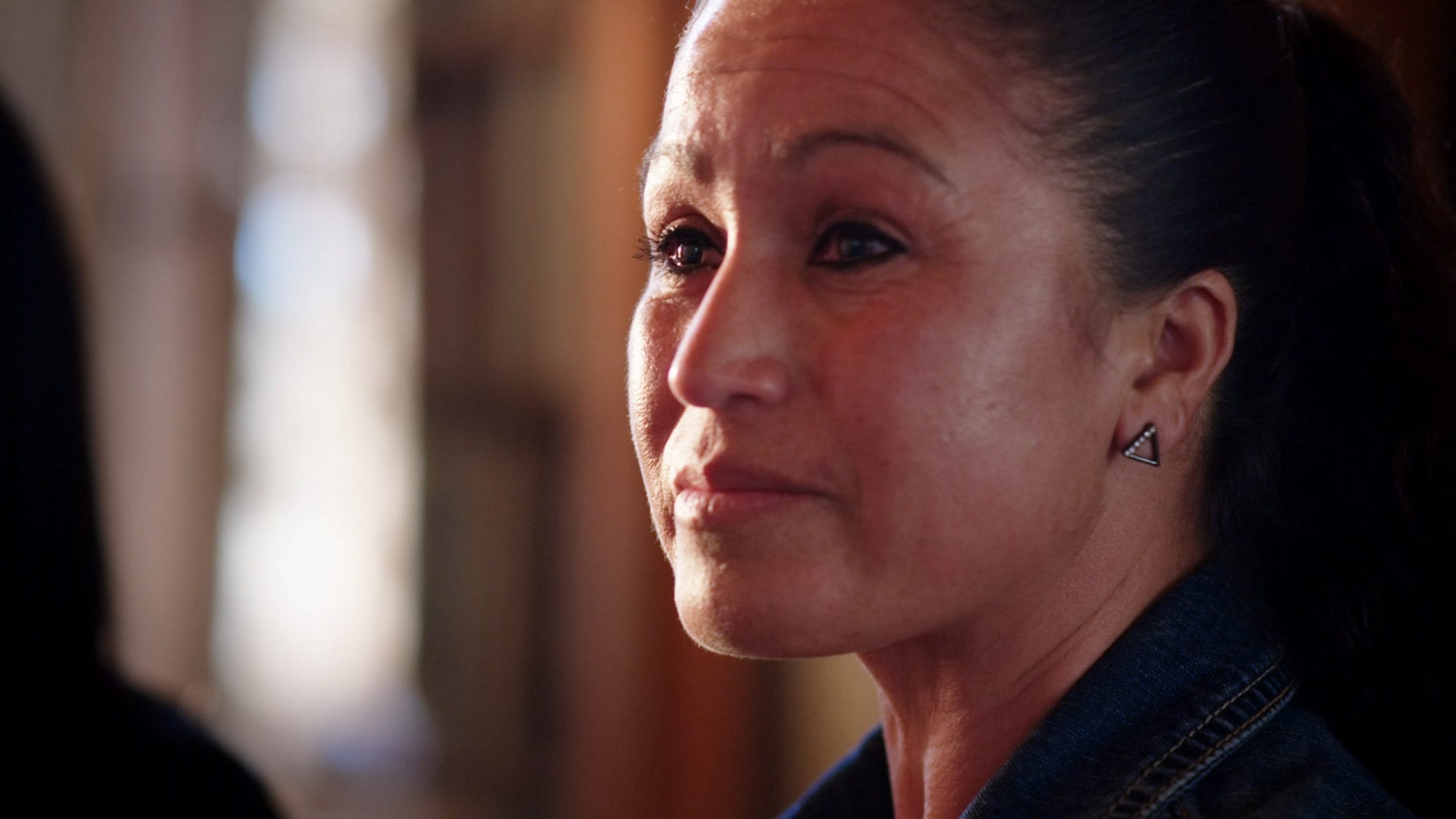
Grape Picker Maria tells her story.
Along with another story producer, we transcribed every interview ourselves. This took us roughly two weeks, sometimes working 8 hours a day or more. Getting up close and personal with the material is so much more effective than merely watching selects. It forces you to understand the content, its context, and the ins and outs, of what the interviewee provides. From there, we organized all our themes into categories and went through the transcripts, highlighting all themes. Then, we organized the categories into separate documents.
This is where we began organizing our story.
What works? What doesn’t? What’s too long? Does this other piece say it better than this one…?
Working with Alana, we created draft after draft until we completely captured her vision. We approached it more like a term paper. Staying organized and knowing exactly what we were looking for was essential to creating a project that is both robust and eloquent.
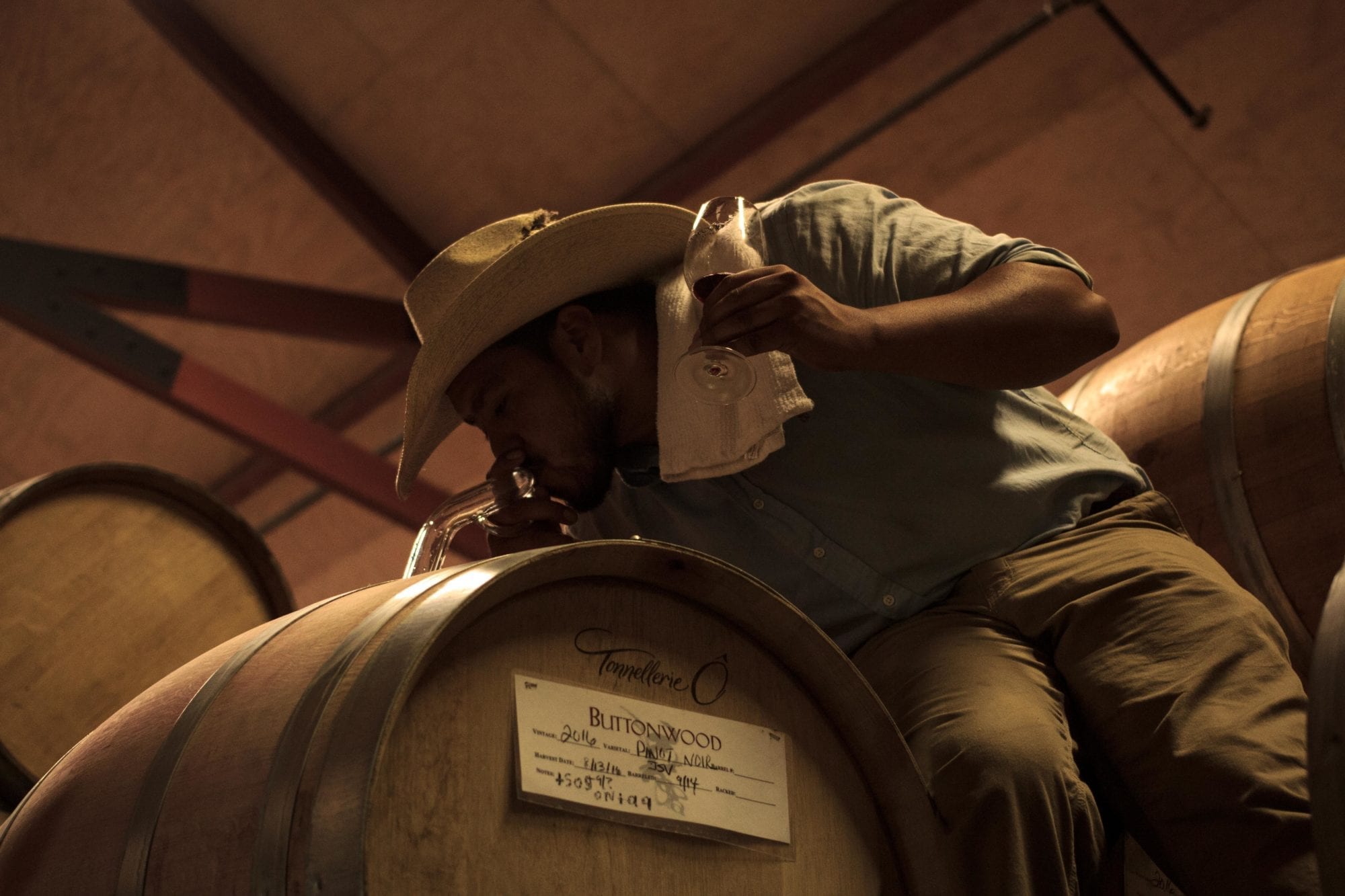
Hopefully these “rules” help you when considering your next documentary project. And please, support Esfuerzo today by checking out our social media pages. The film will be screening again at the Oscar-qualifying Santa Barbara International Film Festival from January 30th through February 9th. Learn more about Esfuerzo on our website, Instagram, and Facebook.

